 ABM PRACTITIONERS are finding that effective segmentation is not only enhancing targeting and messaging initiatives, but also helping identify new opportunities within target audiences.
ABM PRACTITIONERS are finding that effective segmentation is not only enhancing targeting and messaging initiatives, but also helping identify new opportunities within target audiences.
O.C. Tanner, an employee rewards solutions provider, saw its pipeline grow by $2 million from new opportunities uncovered because of its segmentation strategy.
The company partnered with BAO, an opportunity identification and demand generation company, to segment its database, identify potential opportunities and prioritize target accounts. O.C. Tanner identified 12,000 target accounts that fit its value proposition. BAO then narrowed the list down to 500 accounts that made the most sense to approach, and profiled each account to identify opportunities.
“We segment based on who’s in a buying/research stage, and those who have current [employee incentive] providers,” said Ty Nilsson, Director of Marketing and Demand Generation at O.C. Tanner. “We do a lot of outbound calling and survey work to capture that data within [Salesforce]. It then goes into [Eloqua], where we use that data to understand where accounts are in the buying stage.”
The company developed a three-tier system for segmenting its target account list:
![]() The Bullseye Segment is the top-priority account tier that includes companies implementing strategic HR initiatives within the next 12 months.
The Bullseye Segment is the top-priority account tier that includes companies implementing strategic HR initiatives within the next 12 months.
![]() The Displacement Segment is the list of accounts that have indicated dissatisfaction with their current HR rewards vendors.
The Displacement Segment is the list of accounts that have indicated dissatisfaction with their current HR rewards vendors.
![]() The Greenfield Segment is the tier with accounts that have no HR awards and/or rewards solution in place or handle the function in-house.
The Greenfield Segment is the tier with accounts that have no HR awards and/or rewards solution in place or handle the function in-house.
O.C. Tanner currently has more than 200 accounts in its Bullseye Segment for North America. Nilsson noted that his team “segments based on matching our product mix to current customers.” This allows the company to “send messages that are super targeted to meet target [accounts’] needs.” The remaining 11,800 accounts are split between the Displacement and Greenfield segments.
“We segment based on who’s in a buying/research stage, and those who have current [employee incentive] providers.” Ty Nilsson, O.C. Tanner
Since implementing its segmentation strategy in 2014, O.C. Tanner has seen a dramatic increase in inquiries, as well as an increase in marketing influence. Nilsson’s team has a 4% average appointment rate, which is on par with the team’s expectations due to the lengthy average sales cycle.
Early success also highlighted the segmentation strategy’s value. The company set six appointments with accounts in its Bullseye Segment within the first couple of months. This turned into four requests for proposals (RFPs), and three deals closed valued at $2 million — which was 20% of the company’s revenue growth. O.C. Tanner also set 14 appointments with accounts found in its other two segments.
SEGMENTATION DATA SHORTENS SALES CYCLES, INCREASES CREDIBILITY
An additional benefit to a streamlined segmentation strategy is the type of engagement data and market insight gained, which helps the sales team enhance messaging and focus on key territories, according to Nilsson.
“Once we had the data and knew where they were, we could provide that to sales leadership to help bolster their sales territory alignment,” said Nilsson.
Nilsson noted that this, in turn, helps build credibility with the sales team. “We want to help support sales activities and shorten cycle times,” he said. “[BAO’s] process helped gain insight into competitive penetration.”
That competitive insight enables the company to organize its segments by competitors, ultimately enabling O.C. Tanner to identify new opportunities within the market.




